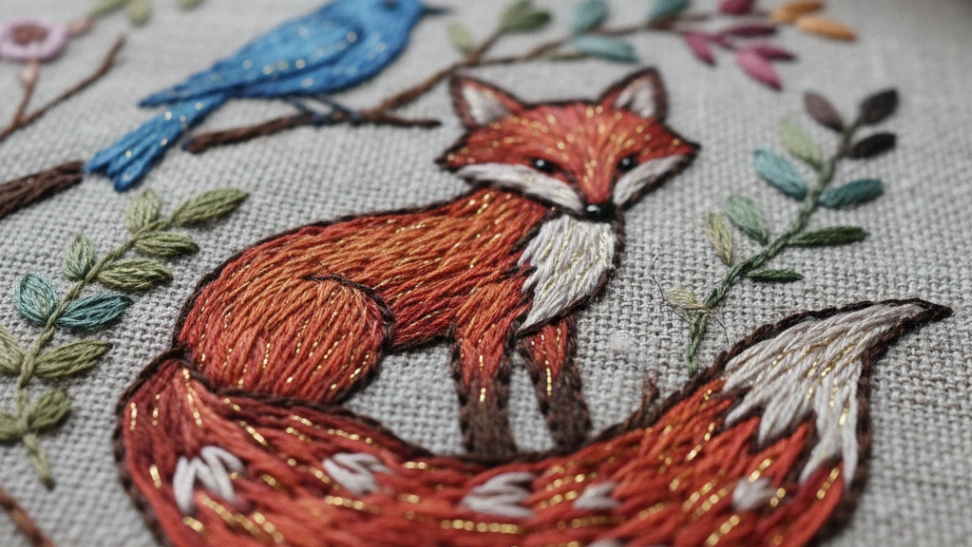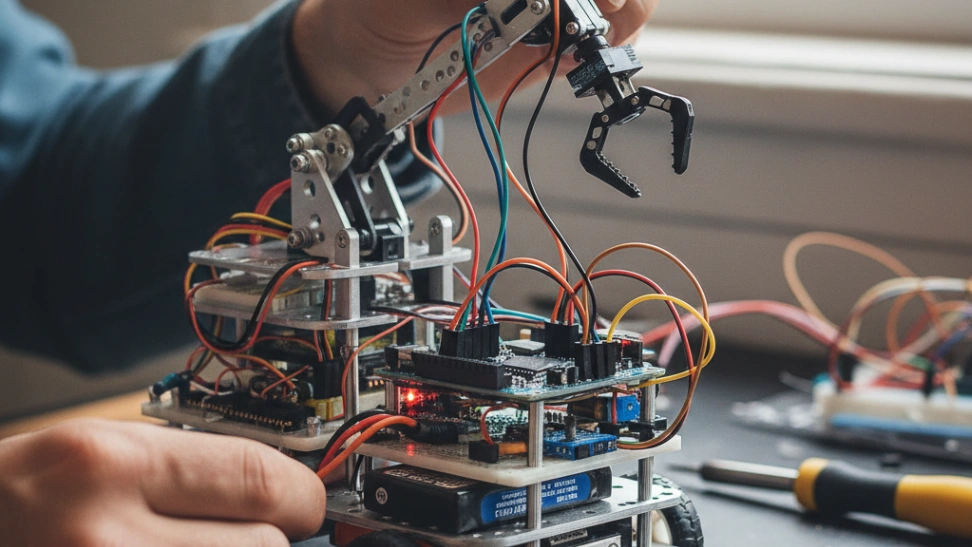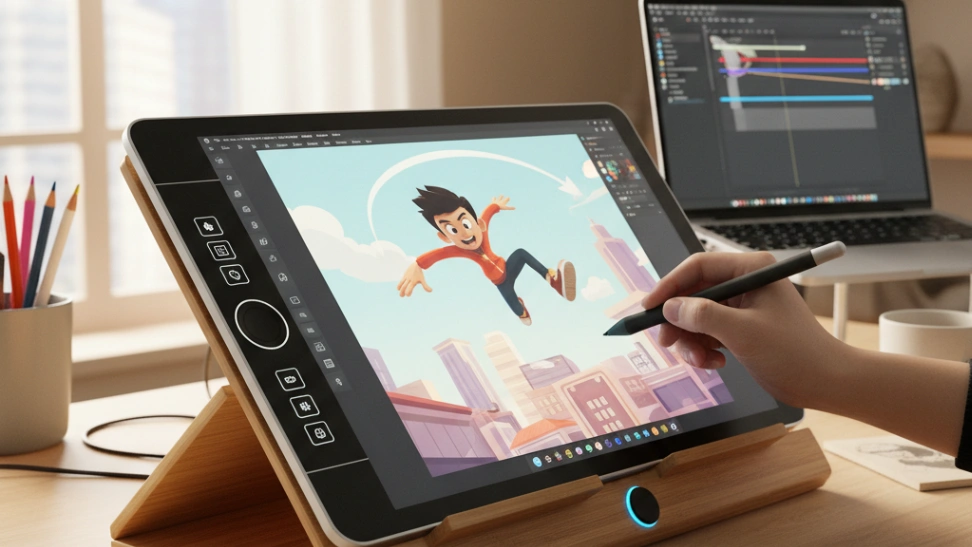The practice of embroidery begins with selecting the right materials. Essential tools include an embroidery hoop to keep the fabric taut, a variety of needles suited for different threads and fabrics, and an array of embroidery floss or yarn. Fabric choices are diverse, ranging from linen and cotton for traditional hand embroidery to more specialized canvases for particular techniques like needlepoint. The selection of thread colors is a cornerstone of the design process, allowing artists to blend hues, create depth, and bring their visions to life. Techniques vary widely, from fundamental stitches like the running stitch, backstitch, and satin stitch to more advanced methods such as French knots, detached chain stitch, and bullion knots. Each stitch serves a unique purpose, contributing to texture, outline, or fill, and mastering them unlocks endless creative possibilities. Beginners often start with simple cross-stitch kits or basic sampler patterns to build foundational skills and confidence before venturing into more complex designs or freehand embroidery.
Beyond its technical aspects, embroidery is a profoundly personal and creative journey. Enthusiasts can follow established patterns or unleash their imagination to create original designs, reflecting personal interests, cultural influences, or contemporary aesthetics. Many embroiderers find joy in personalizing clothing, accessories, or home decor items, transforming ordinary objects into cherished keepsakes. The rise of modern embroidery has also seen a resurgence in popularity, with artists pushing boundaries by incorporating unconventional materials, creating three-dimensional works, or merging embroidery with other art forms like painting and illustration. This adaptability ensures that embroidery remains a dynamic and relevant art form, appealing to new generations of crafters seeking both tradition and innovation in their creative pursuits. It fosters a sense of accomplishment as a piece slowly comes to life, stitch by careful stitch, offering a tangible representation of patience and dedication.
The history of embroidery is as rich and varied as human civilization itself, tracing its origins back thousands of years. Archaeological finds have shown decorated clothing and remnants of embroidered textiles from ancient Egypt, China, and Europe, indicating that the desire to adorn fabric is deeply ingrained in human culture. Early embroidery served not only as decoration but also as a means of signifying status, recording stories, and expressing religious devotion. From the elaborate Bayeux Tapestry depicting the Norman Conquest to the intricate goldwork of medieval ecclesiastical vestments and the vibrant folk embroideries of Eastern Europe and Asia, needlework has played a significant role in every major civilization. Historically, it was often a skill taught to women, forming an important part of domestic life and, in some cases, providing a means of livelihood. Different cultures developed their unique styles, motifs, and color palettes, each contributing to the global heritage of embroidery. The craft has endured wars, revolutions, and industrialization, adapting its forms while retaining its core appeal.
Engaging in embroidery offers numerous benefits beyond the creation of beautiful objects. It is often cited as a meditative and calming activity, promoting mindfulness and reducing stress as one focuses on the repetitive motions of stitching. The hobby also enhances fine motor skills, hand-eye coordination, and attention to detail, making it an excellent exercise for both mind and body. Furthermore, the embroidery community is vibrant and welcoming, offering opportunities for learning, sharing, and connecting with fellow enthusiasts through online forums, local guilds, and workshops. This sense of camaraderie and shared passion adds another layer of enjoyment, allowing practitioners to grow their skills and find inspiration within a supportive network. Whether one is drawn to its historical roots, its artistic potential, or its therapeutic qualities, embroidery provides a rewarding and accessible path to creative self-expression and skill development for individuals of all ages and backgrounds.



